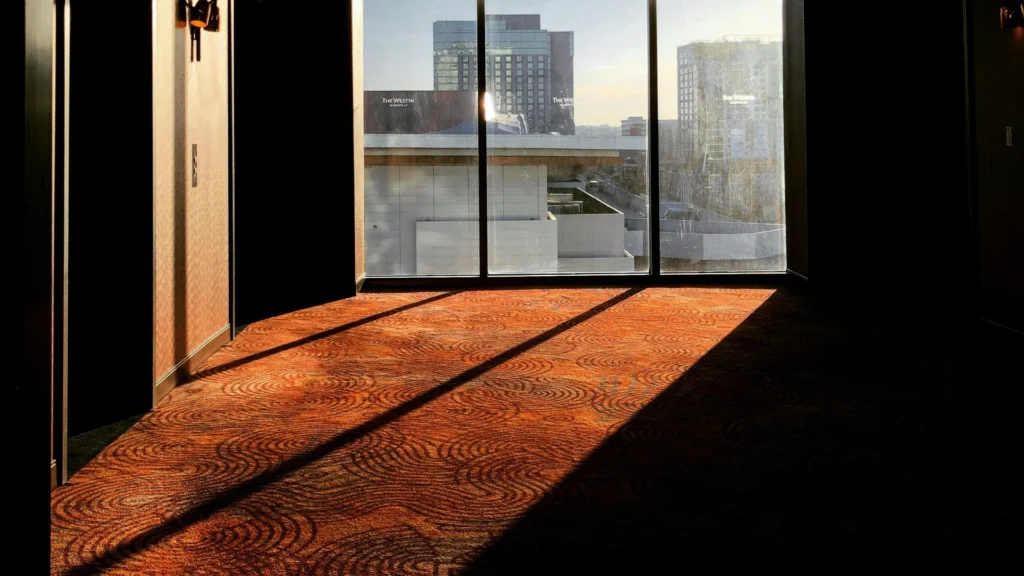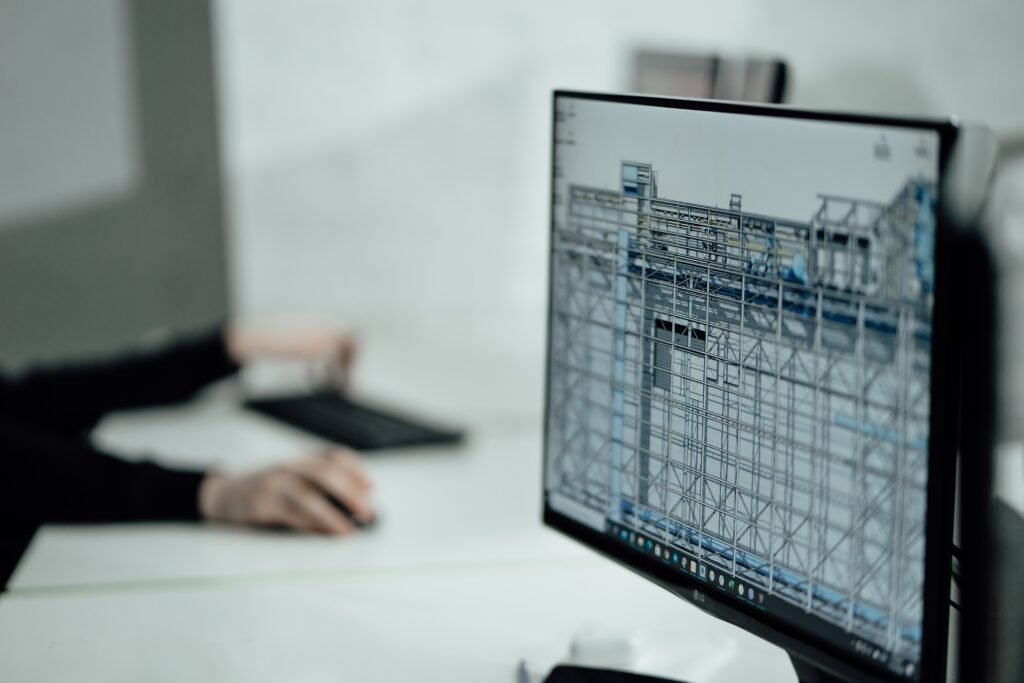
Green facades present a range of benefits, such as reducing heat levels. The plants help cool the area by evaporation. Climbing plants like wisteria and Virginia creeper have been used for ages on building exteriors. In Germany, it’s called “Architektentrost,” concealing unsuccessful designs. In big cities now, this greenery serves more roles, like trapping particles and cooling urban zones. The plus side is less space on the ground needed but plenty of greenery upwards. Still, tall buildings with vines need room underground for root health.
Varieties of Green Facade Vegetation
Three main types of green facade plants are:
- Plants That Climb Solo: They use tendrils, stems, or suckers.
- Climbers with Support: They rely on built structures in front to grow.
- Hanging Plants: Grown from roof or balcony pots, they demand extra care.
Additionally, facade gardens use either attached pots or substrates needing intensive care – think regular watering and fertilizing. These measures work best when there’s no option for planting at the base directly.
Pros and Cons of Green Facades
Debates persist about green facades’ merits versus demerits. Their positive effects like reducing urban heat and trapping particles are widely accepted now. Worries over dampness, damage to structures, and pest infestations are decreasing. Yet evergreen plants can ward off heavy rain damage but worsen existing faults or humidity in buildings. Inspecting and maintaining structures before and after planting is essential.

Root Damage and Pests
Damage from climbing roots is mainly a concern if walls have weak mortar or cracks. Regular checks are vital to prevent damage risks. Similarly, structures with lots of mortar aren’t suitable for greening efforts. While some people worry about wildlife coming in through plants outside homes – like spiders – keeping windows free of them can help steer clear of critters indoors. Birds usually aren’t pesky; in fact, green facades attract more fauna than standard ones.
Urban Climate Influence
Vertical growth guards walls from direct sunlight, cutting down heat absorption and release rates while also upping cooling via evaporation effects.
Healthier Living Spaces
Vertical vegetation means cleaner air quality and widespread urban wellbeing gains through reduced stress levels.
Cost-Effective Benefits
Green walls lessen summer heat absorption by buildings as well as limiting winter warmth loss effectively due to the insulation effect provided by a stationary air barrier between structures.
Noise Reduction Features
Street noise drops significantly near buildings with dense vegetation layers on their surfaces due to sound absorption abilities rendered by green living walls.
Plan-Based Specifiations
Four types of facade vegetation strategies include self-adhering climbers that use clinging roots alongside twiners twining stems around props for support needs ensuing shoots using tendrils slash petioles as crutches climbing thorn-and-hook structural supports preceding climbers such as climbing roses also employing said thorns alongside hooks to turn towards the skies growing forward.
Plant Preferences
Getting appropriate climbers involves considering growth heights alongside maintenance aspects vital factors playing into this selection process.
In summary,
Green facades bring environmental benefits enhancing urban coolness & cleaner air while saving energy costs smart planning & upkeep crucial maximizing gains & minimizing cons felt from these setups!


